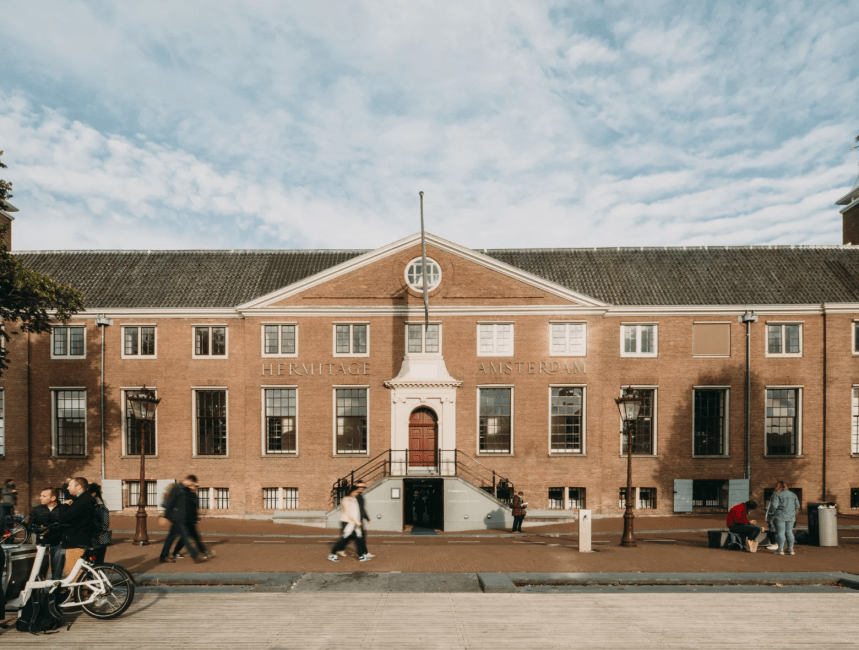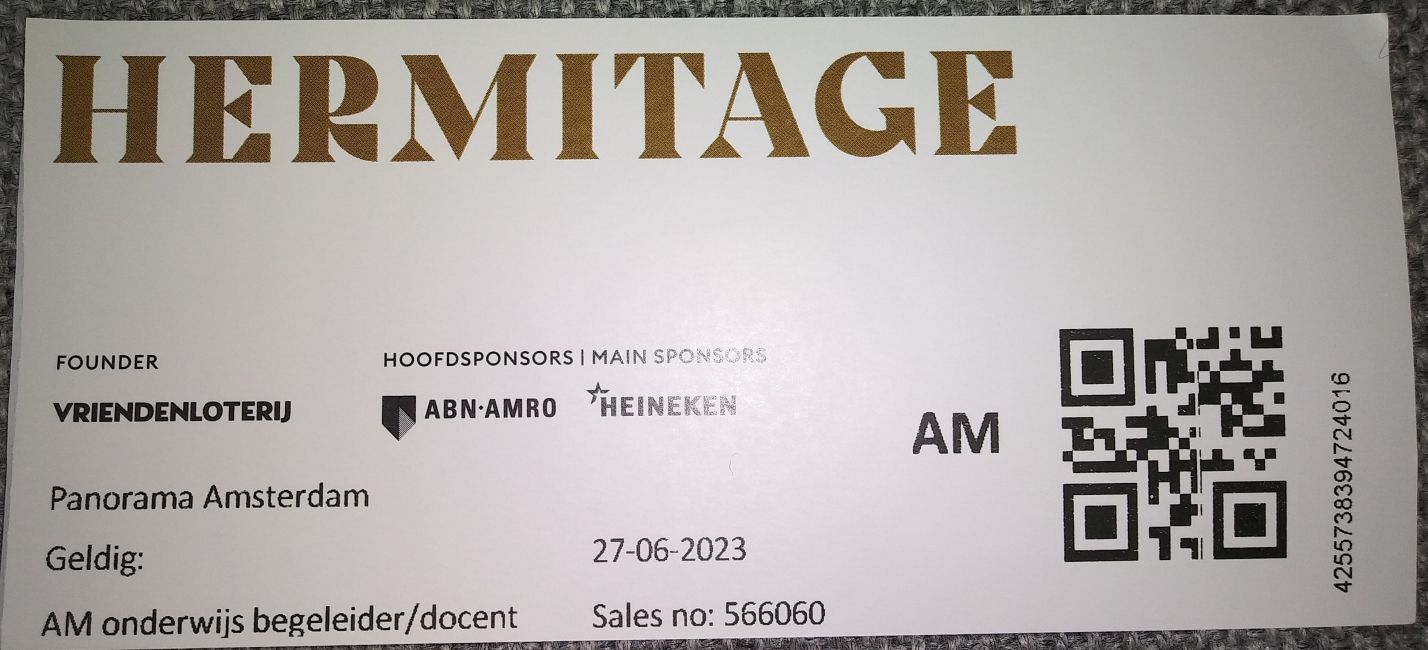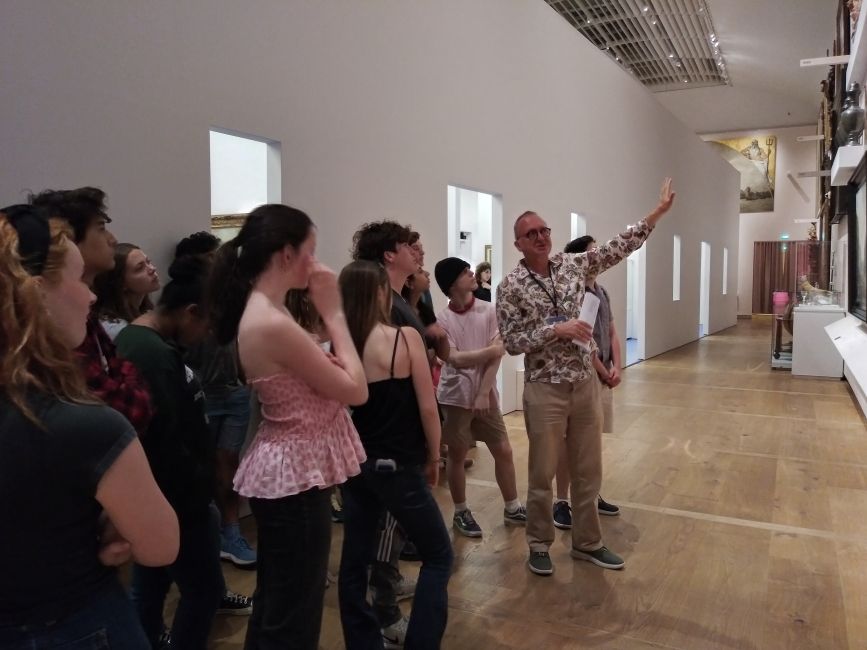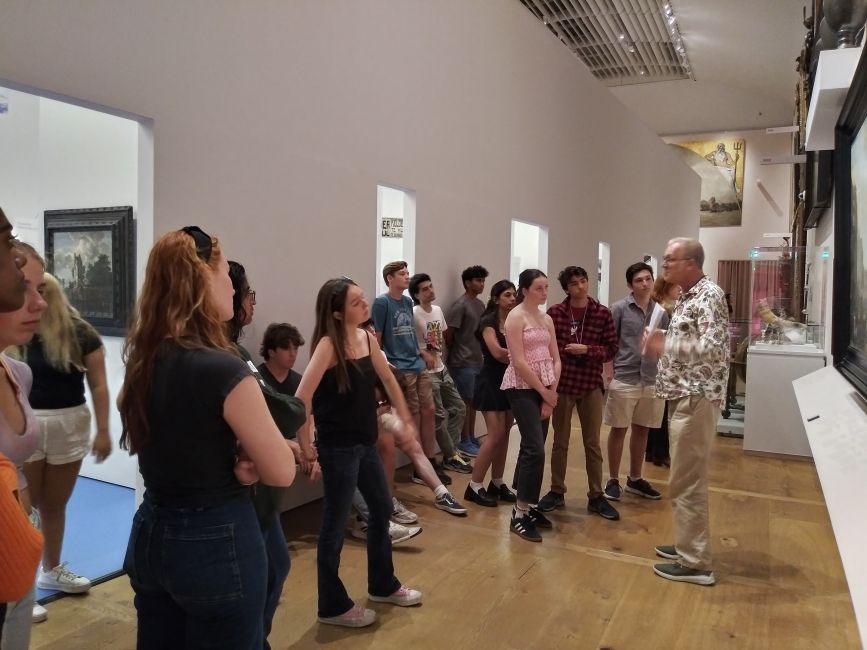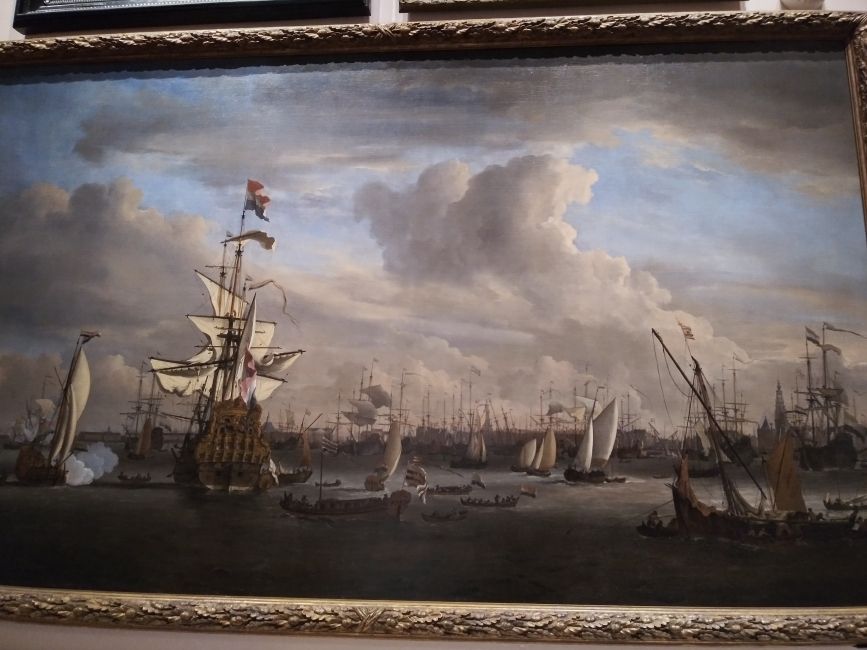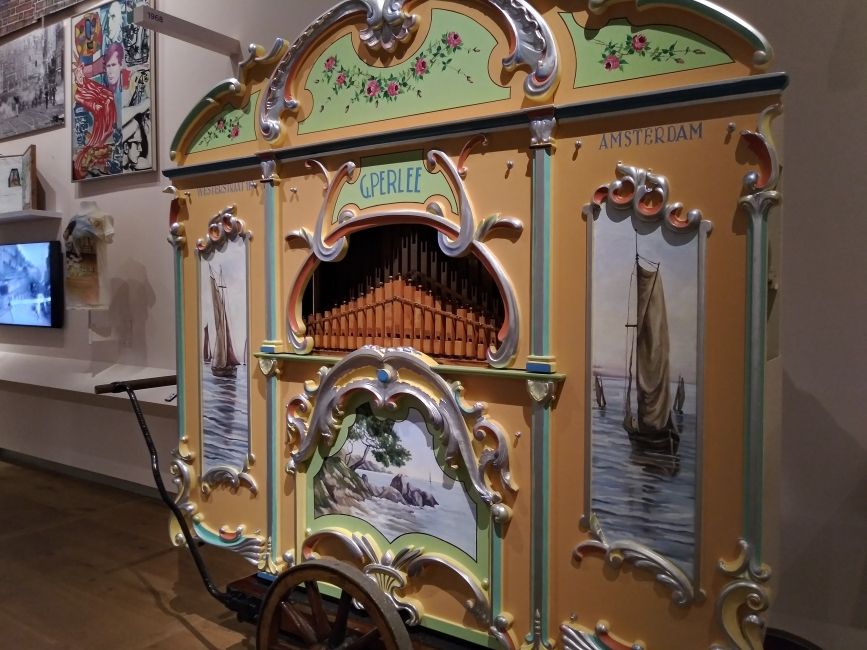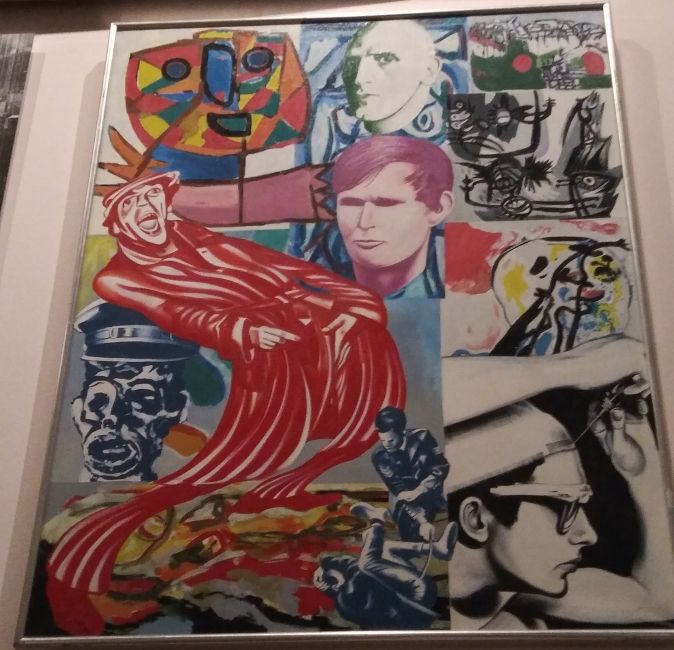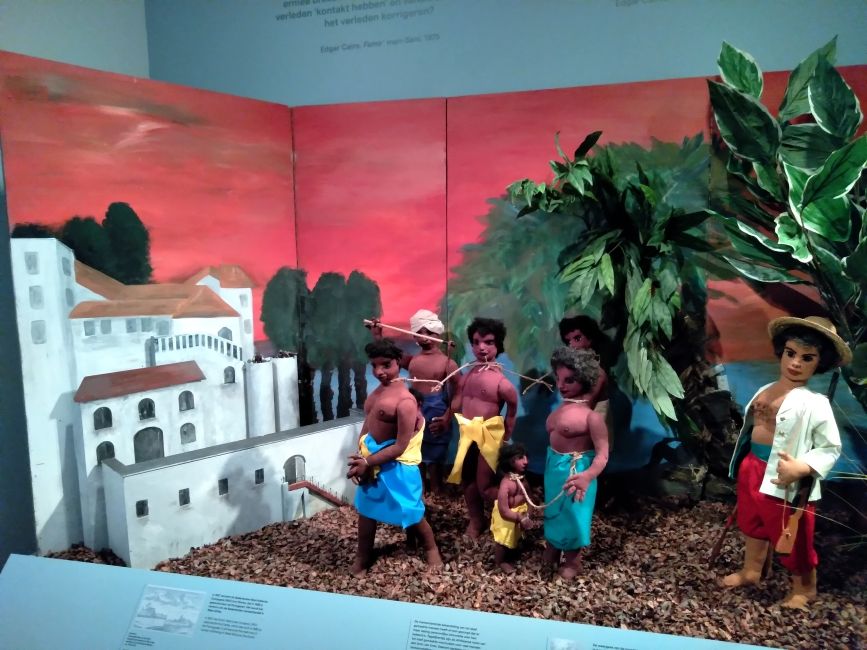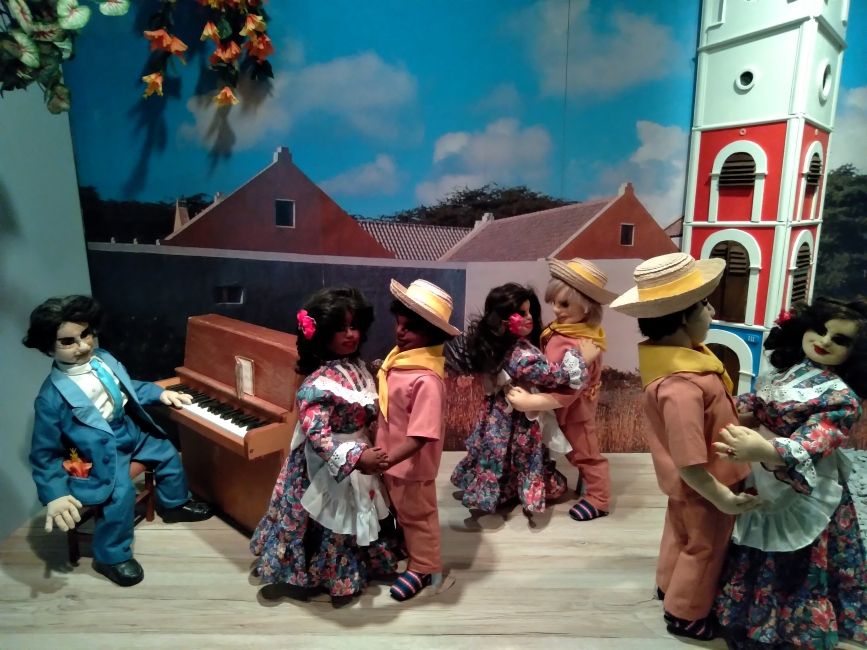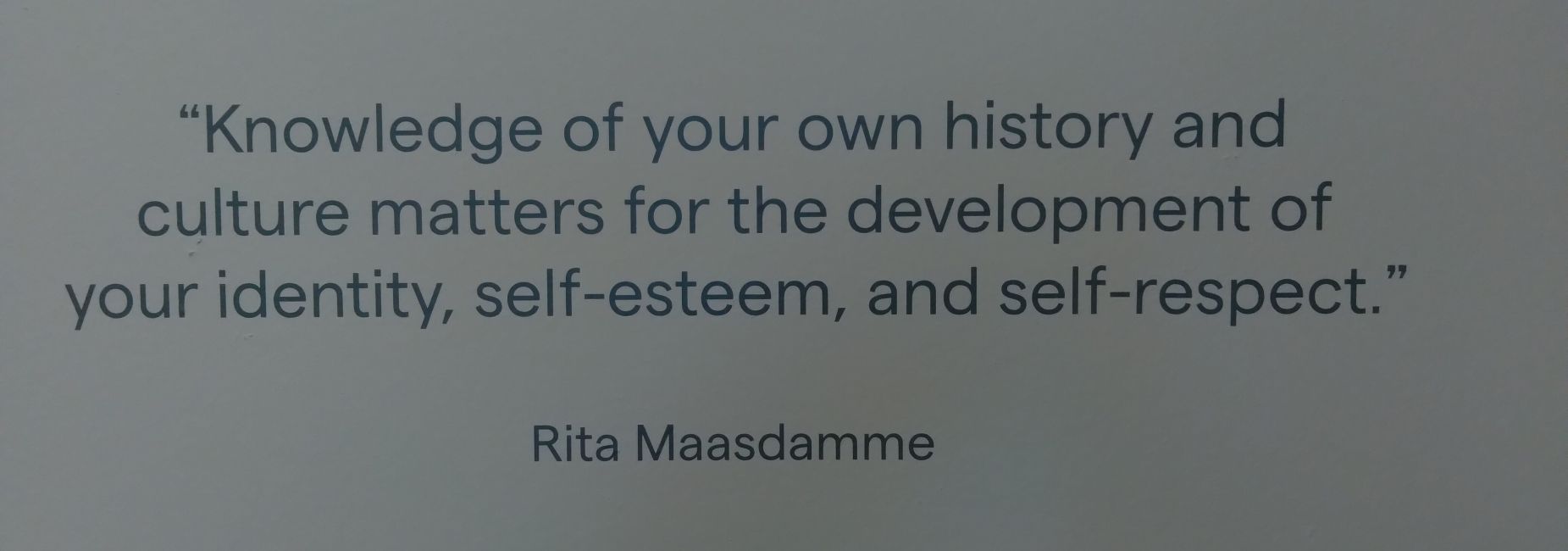A Trip Through Amsterdam's History
Today students visited the Amsterdam Museum and received a special private tour from our native friend and amazing personal tour guide, Jan. As an innovative city museum, the Amsterdam Museum invites residents and visitors of Amsterdam to become co-owners of the city – a metropolis in miniature. The museum presents exhibitions on a broad spectrum of urban topics. It also manages, researches and makes available the more than 100,000 objects in their art and heritage collection.
During their personal tour with Jan, students traveled through five centuries (16th - 21st century) of Amsterdam history. On this venture, students analyzed and discussed artwork that depicted the first time Amsterdam appeared in an official document, the influence of wealthy and prominent families in Amsterdam culture, Amsterdam’s prolific and international trade and shipping, the experiences of Amsterdam’s Jewish population during World War II, and Amsterdam’s counterculture movement. One important artifact that students learned about was G. Perlee’s street organ. According to Jan, this street organ was used by individuals in Dam Square to shelter themselves from bullets during the liberation of Amsterdam in 1945.
After their tour with Jan, students were given the opportunity to explore another exhibition on display in the Museum. This display is titled The Maasdamme Collection. This collection is composed of dioramas by Rita Maasdamme. It tells about the histories of the former Dutch colonies from the unique perspective of enslaved people, Maroons, and the Indigenous population. By exploring the exhibition, students meet more than 130 “creations,” as Maasdamme herself called the dolls in the dioramas. When Maasdamme started making dioramas in the 1980s, she was showing a history that she and many others of her generation, both in the Netherlands and the former colonies, had never learned at school; from the slave market at the harbor of Paramaribo, a Maroon village, and Tula’s revolt to more contemporary scenes, such as a depiction of Campo Alegre, an open-air brothel in Curaçao. It was truly a thoughtful, mindful, and important exhibition for the students to visit and reflect on.
Related Posts
Our Brussels Adventure Continues …
Tracy Morrison's Post: Day two led us to our first stop of the day, Experience Europe. This exhibition teaches students about the European Commission’s core work, priorities, policies and European... keep reading
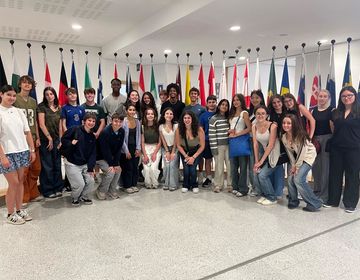
We're Off to Brussels!
Tracy Morrison's Blog Post: For our last weekend adventure in Europe we headed to Belgium. After a four hour bus ride we arrived at the bustling city center of Brussels... keep reading
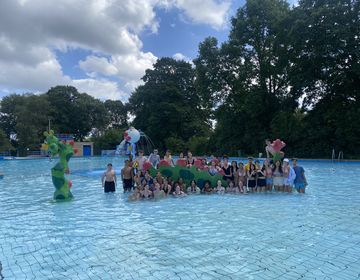
All Work and No Play? No Way!
While our students are very engaged with their classes and school work, they also love to explore and just have fun in this beautiful city! With our first week now... keep reading
